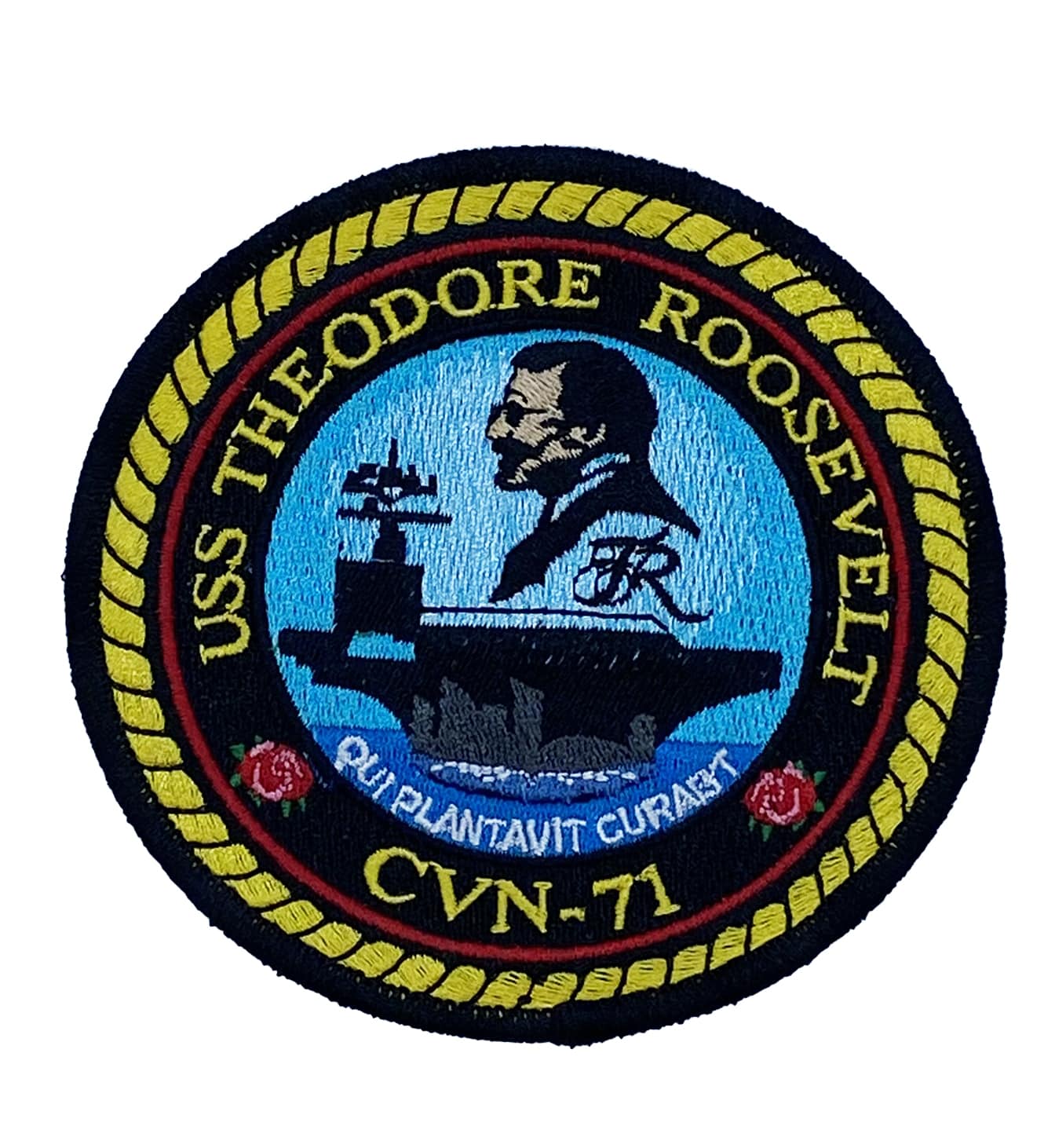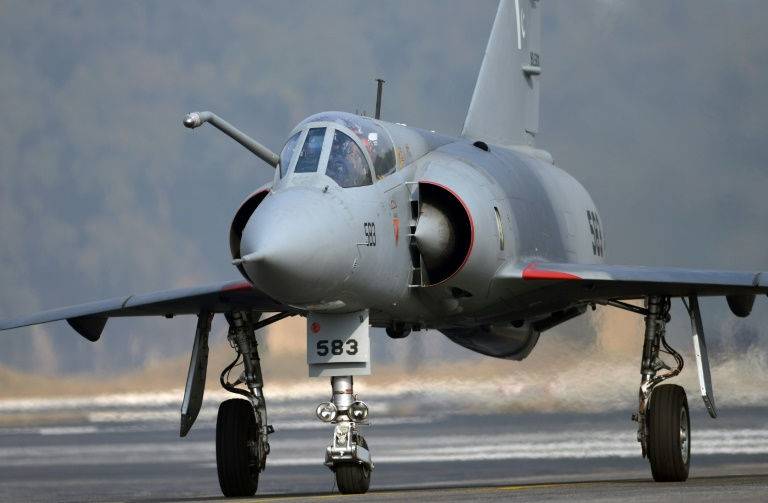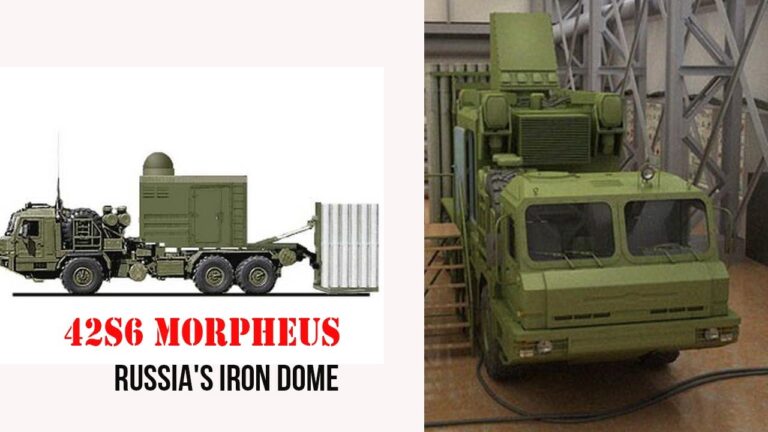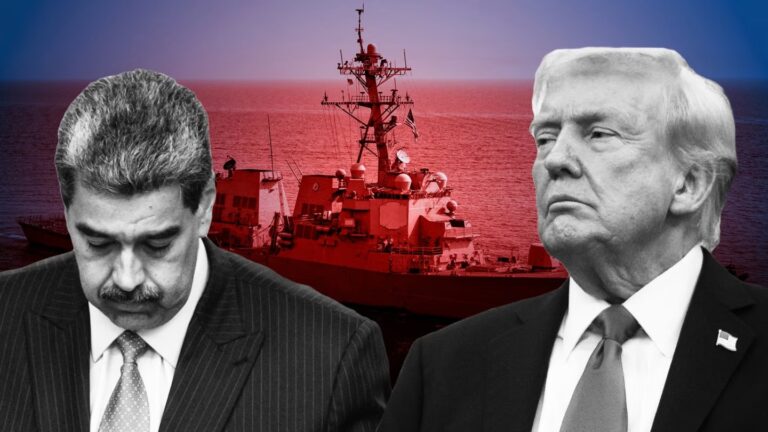
USS-Theodore-Roosevlet-CVN-71
In 1995, a remarkable event unfolded during a joint military exercise that demonstrated the tactical ingenuity of the Pakistan Air Force (PAF) and the capabilities of its Mirage III aircraft. Defying all expectations, a single PAF Mirage III successfully breached the strong defensive perimeter of the USS Theodore Roosevelt Carrier Strike Group. This feat highlighted the proficiency of the PAF and served as a sharp reminder of the vulnerabilities even the most advanced naval forces face against skilled adversaries.
The Context of the Joint Exercise
The joint exercise was designed to simulate high-stakes, real-world combat scenarios, involving the coordination of air and naval forces. The USS Theodore Roosevelt Carrier Strike Group, equipped with state-of-the-art defensive systems, played a critical role in these war games. The fleet included layered air defense systems, fighter jets for intercepts, and advanced radar systems meant to thwart any intrusion attempts.
The PAF’s Mirage III, a legacy platform originally introduced in the 1960s, seemed an unlikely contender against such a formidable force. However, the PAF’s pilots were renowned for their tactical brilliance and innovative approaches to air combat, and this exercise became a proving ground for their skills.
The Mirage III: A Brief Overview
The Mirage III, a French-designed supersonic fighter aircraft, was a cornerstone of the PAF’s fleet for decades. Known for its versatility and agility, the Mirage III could perform high-speed interception, ground attack, and reconnaissance missions. By 1995, the aircraft had been upgraded with modern avionics and weapon systems, enhancing its effectiveness in both air-to-air and air-to-ground roles.

Despite its age, the Mirage III remained a formidable platform, particularly in the hands of seasoned PAF pilots. The 1995 exercise demonstrated just how capable this aircraft could be when leveraged with innovative tactics.
The Penetration of USS Theodore Roosevelt’s Defence
During the exercise, the PAF Mirage III executed a daring manoeuvre that enabled it to bypass the carrier group’s sophisticated defenses. The operation was carefully planned, taking into account the strike group’s radar coverage, response times, and potential blind spots.
The Mirage III approached at a low altitude, using terrain masks and electronic countermeasures to evade detection. The pilot’s skill in navigating undetected and exploiting weaknesses in the carrier group’s defense network was instrumental. By the time the strike group’s radar systems detected the Mirage, it was too late to intercept, marking a significant tactical victory for the PAF.
Implications for Carrier Defence
This incident raised critical questions about the effectiveness of defences for carriers’ strike groups against unconventional tactics. Carrier strike groups, often considered the epitome of naval power, rely on a multi-layered defense system to counter threats from the air, surface, and subsurface domains.
The success of the Mirage III brought home the importance of continuous evolution in defensive strategies. Modern threats, including low-altitude penetration and electronic warfare, demand adaptive systems capable of addressing a wider range of scenarios.
For the USS Theodore Roosevelt, the exercise became a learning opportunity. The U.S. Navy used the event to refine its defensive protocols, ensuring future exercises accounted for similar tactics.

PAF’s Tactical Proficiency
The PAF’s success in this exercise highlighted its emphasis on rigorous training and tactical innovation. Despite operating a platform considered outdated by 1995 standards, the PAF demonstrated that skill, ingenuity, and determination could outmatch even the most advanced adversaries.
This achievement strengthened the PAF’s reputation as a highly professional air force that can compete with superior technology. It also reiterated the importance of human skill in contemporary warfare, as advanced weaponry alone cannot ensure victory. y.
Lessons Learned for Modern Warfare
The 1995 exercise holds valuable lessons for modern military strategists. Carrier strike groups remain a cornerstone of naval power, but their reliance on technology makes them susceptible to unconventional tactics. The incident with the Mirage III illustrates how smaller, less advanced forces can achieve significant victories by exploiting vulnerabilities and adopting creative approaches.
Today, the evolving landscape of aerial warfare includes threats like hypersonic missiles, stealth aircraft, and drone swarms. Defence planners must account for these challenges while ensuring traditional vulnerabilities, such as low-altitude intrusions, are not overlooked.
For the PAF, the exercise brought home the value of maintaining a flexible, adaptive force capable of exploiting weaknesses in more advanced adversaries. For the U.S. Navy, it served as a reminder that even the most advanced technology requires constant adaptation to remain effective.
A Legacy of Tactical Brilliance
The PAF Mirage III’s penetration of the USS Theodore Roosevelt showed the lasting value of tactical innovation and pilot skill. It proved that the defence system was completely invincible, regardless of its advanced technology.
Even older aircraft can achieve remarkable success when flown by highly capable operators. As militaries invest heavily in advanced technologies, this exercise’s lessons remain important.
Success in combat will always depend on adaptation, innovation, and seizing opportunities.
The PAF demonstrated these principles clearly during the 1995 exercise. In 1995, a Pakistan Air Force Mirage III penetrated the USS Theodore Roosevelt Carrier Strike Group’s defensive perimeter.
This event highlighted the PAF’s tactical skill and the Mirage III’s enduring effectiveness. It also demonstrated the importance of constantly improving carrier groups’ defences against emerging aerial threats. Historical accounts detail the exercise and the capabilities of both the PAF Mirage III and the USS Theodore Roosevelt.
References
- “Again, Myth Proved: 1995 Exercise, PAF Mirage III vs. US Carrier Strike Group,” YouTube, uploaded by Tauqeer Haider, 2022.
- “USS Theodore Roosevelt (CVN-71)—Wikipedia”, accessed November 14, 2024.
- “USS Theodore Roosevelt (CVN 71) History—U.S. Carriers”, USCarriers.net, accessed November 14, 2024.
- “DEPARTMENT OF THE NAVY 71 Ser March-NHHC,” Naval History and Heritage Command, accessed November 14, 2024.
- “Super Carrier: USS Theodore Roosevelt CVN-71-Navy Emporium,” Navy Emporium, accessed November 14, 2024.







